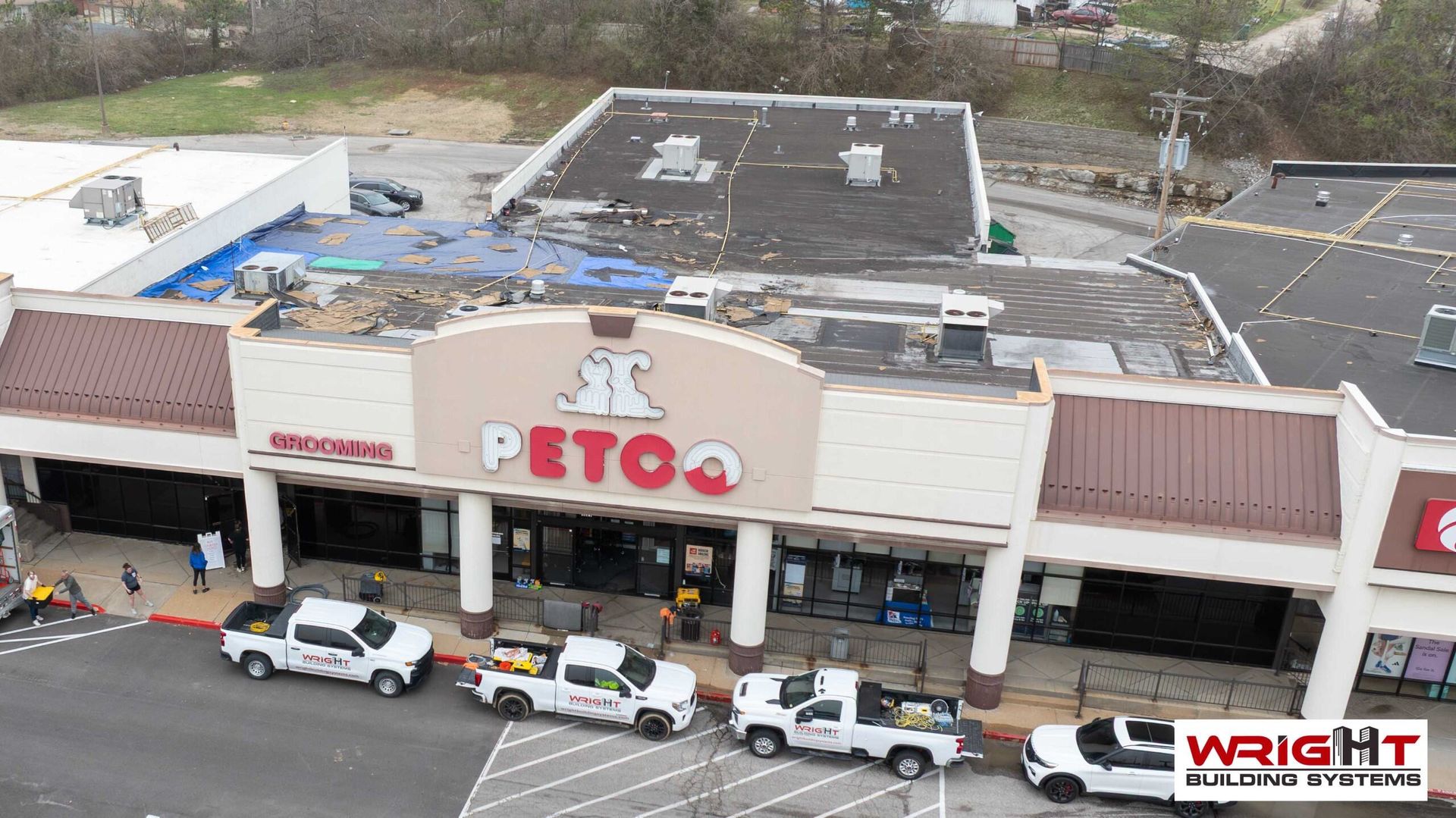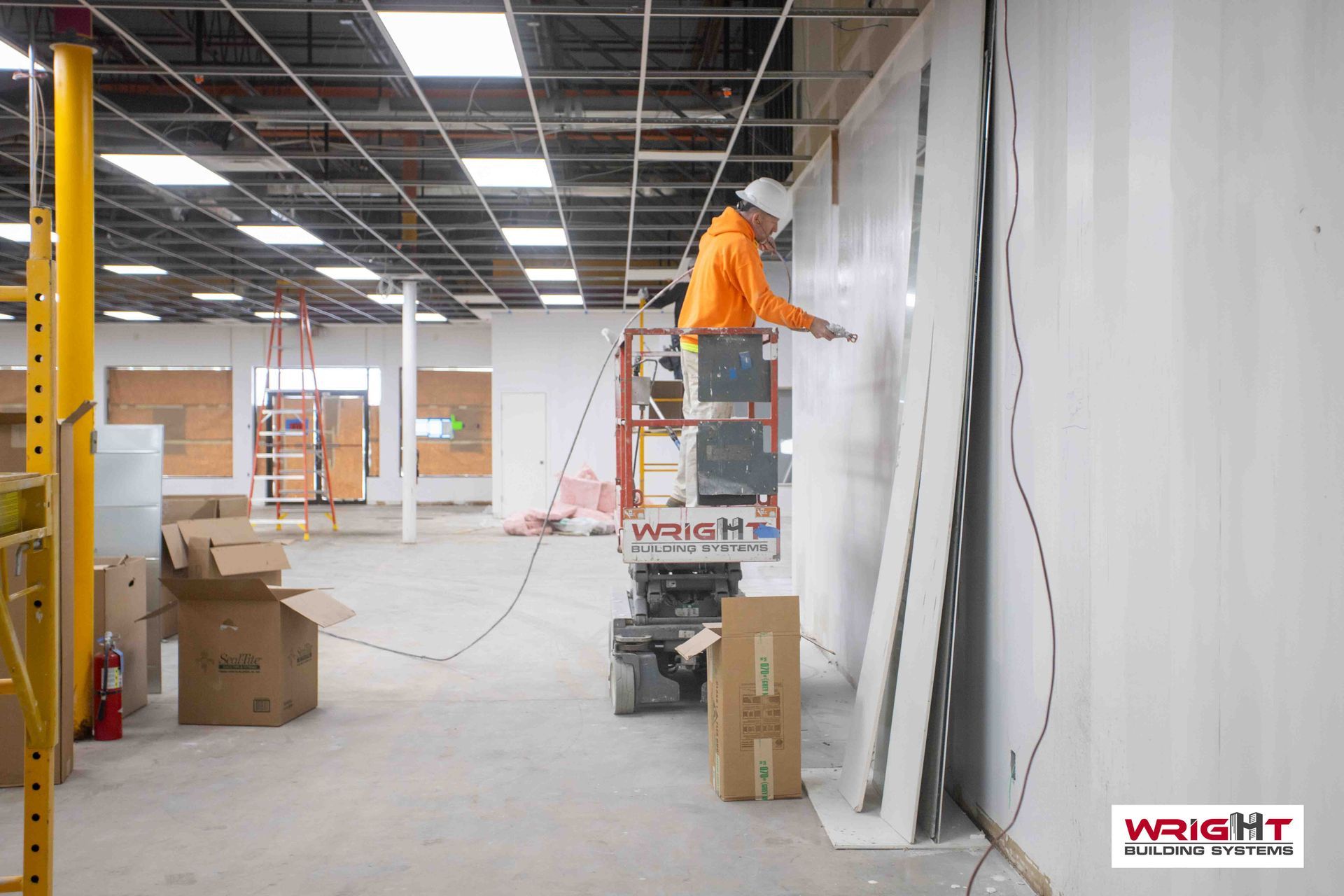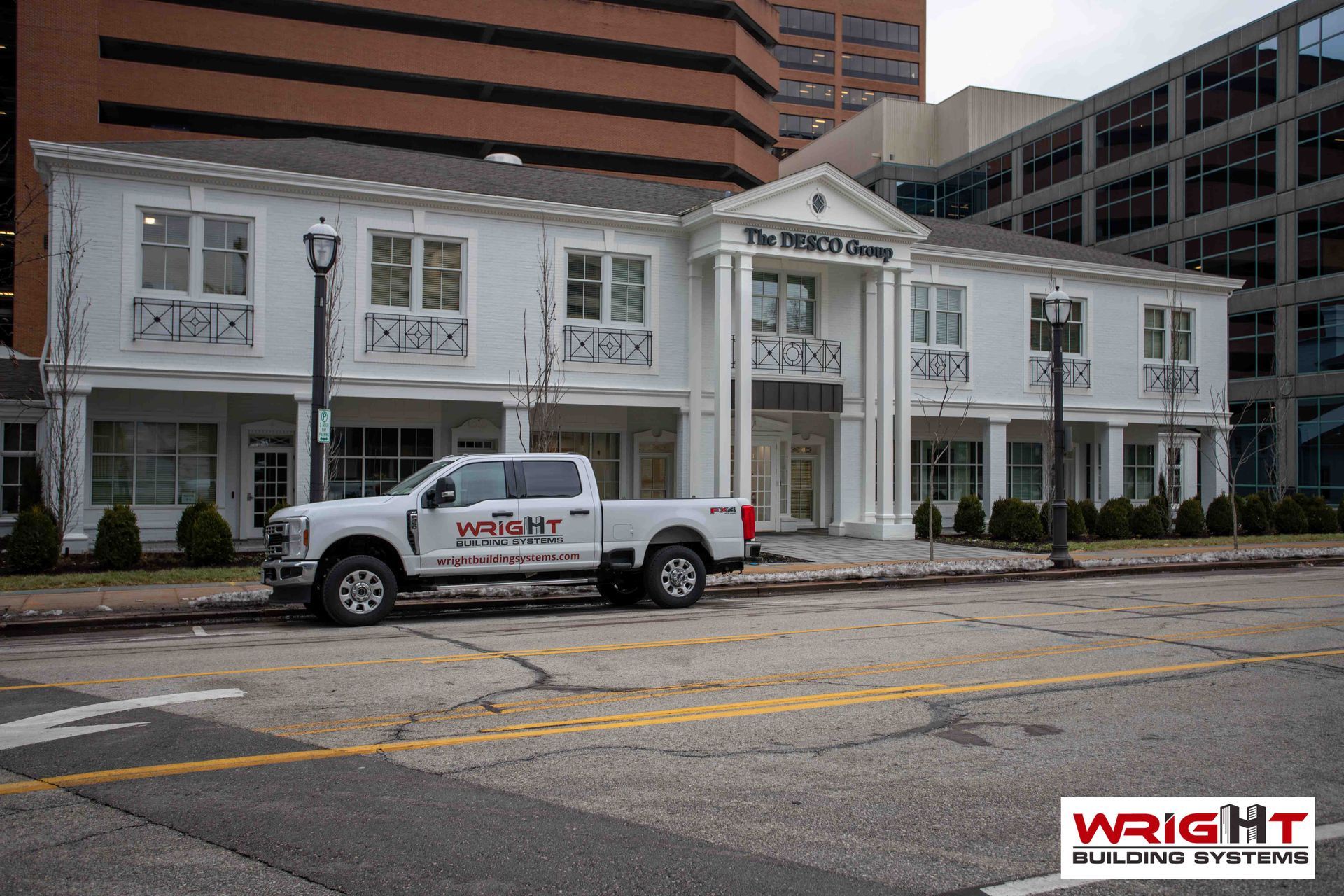What Is Adaptive Reuse Construction?
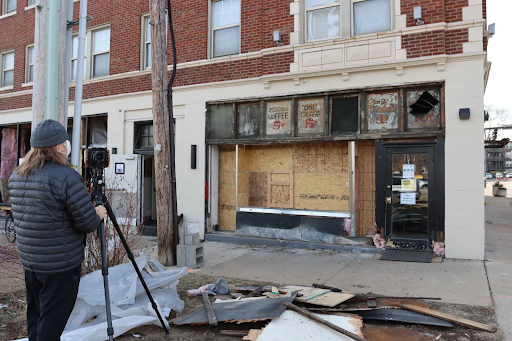
Although adaptive reuse isn’t new in commercial construction and renovation, its popularity has risen exponentially in the past months. The use of and need for commercial and office spaces has shifted, and property owners are looking for ways to draw back in tenants. Historical buildings have also been sitting unused for months, leading to disrepair. Adaptive reuse can bring these buildings up to code while also breathing new life into the areas around them.
Essentially, adaptive reuse is exactly what it sounds like. Older, historic buildings are renovated and used for a new purpose. An example of this would be transforming old warehouses into multifamily residential properties. The right commercial contractor can renovate virtually any property to better fit the (future or current) tenants’ needs.
Compared to the demolition of old buildings and subsequent new construction, this process yields plenty of benefits. For communities with a large number of historical sites, adaptive reuse can preserve these properties and the area’s cultural heritage. Reuse can also slow urban sprawl and establish new cultural touchpoints.
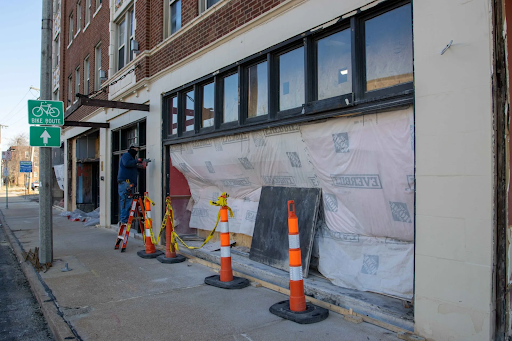
For property owners, adaptive reuse offers much lower construction costs than building from the ground up. The process takes more labor to complete, but construction and demolition costs are reduced. It also takes less time overall to finish these projects, contributing to cost-savings.
Another major selling point of adaptive reuse is sustainability. Demolition of old buildings, especially those with environmental hazards like asbestos or dangerous mold, creates excessive waste and carbon emissions. Combined with green building materials and LEED certification guidelines, adaptive reuse can drastically decrease the environmental impact.
Here's a basic rundown of how the process works for developers or property owners who are embarking on their first adaptive reuse project.
- Not all buildings are good candidates for adaptive reuse, so it’s essential to have a team of professionals perform a thorough assessment of the building’s structural integrity. This is a wise investment, and knowing the complete condition of the building will guide the project.
- In that same vein, not all neighborhoods are the right community to host an adaptive reuse building. Survey the surrounding areas, get feedback from residents and businesses already there, and be sure to ask how they feel about the upcoming project.
- Commercial construction contractors with experience in adaptive reuse to help determine a budget, determine which building materials are suitable for the project, handle permits, follow historical restoration best practices, and manage subcontractors being used for skilled or niche labor.
- Once a contractor is in place, the planning stages can begin. Consider all of the building materials taken from the original structure and how you can reuse them in the new building plan. Determine how the historical features can be preserved and even highlighted.
After those critical first steps, construction can begin. It’s crucial to have a commercial contractor manage the work for the project to stay on track and budget. There’s also an additional safety risk for the team if they’re working in poor-quality buildings or ones with structural hazards.
For developers and building owners who have decided that newer isn’t better, adaptive reuse can be a sustainable, cost-efficient way to create a fresh, new space for a changing community. The key to making these projects successful is working with a team of commercial contractors with decades of experience.
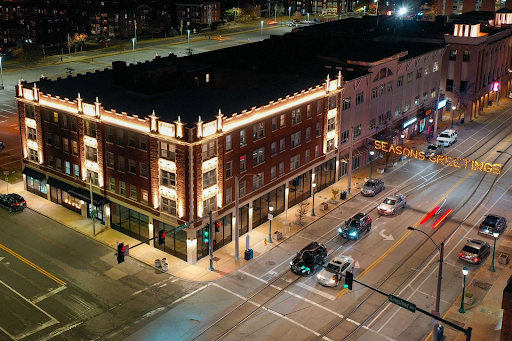
Perhaps you are trying to give an older commercial building new life, or maybe you want to modernize a historical building to preserve it and bring it up to code. Whatever your commercial renovation goals, our professionals are here to help. We will ensure you achieve a beautiful result that brings you pride.
While not all construction companies are willing to tackle commercial renovations, we are happy to take on the challenge. We walk you through the process, answer your questions, and make professional recommendations.
Our comprehensive renovation services cover every detail, including:
- Permits
- Building plans
- Foundation and framing
- Construction material
- HVAC, plumbing, and electricity
- Sprinkler systems
- Roofing
- Exterior and interior repair and painting
At Wright Building Systems, we offer interior and exterior renovation services to bring your commercial building to life. You’ll be amazed how our team can take your building from old and outdated to fresh and functional.
Contact us today to get started!

